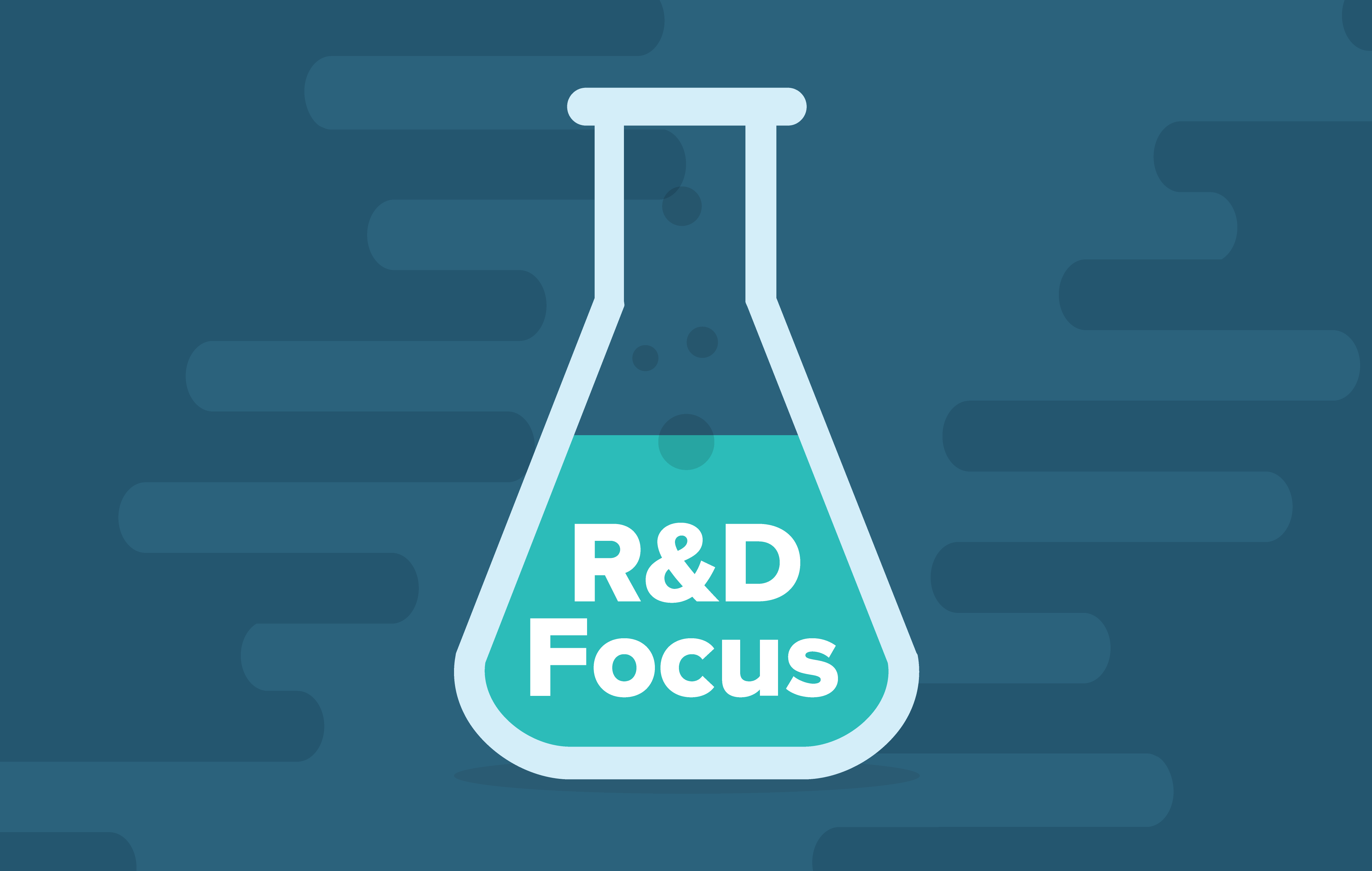We are living in a new era of medicine where innovations are transforming our ability to attack the cause of a disease, not just the symptoms. Today, concepts, such as cell and gene therapies, that once sounded like science fiction are now becoming reality with the potential to cure or fundamentally alter the trajectory of many life-threatening conditions. This rapid state of innovation is due in part to the vast array of partnerships between government, the biopharmaceutical industry and academia that make up the biomedical research and development (R&D) ecosystem, which enables us to expand the frontier of science.
In fact, public-private interdependence has become a prominent feature of the evolving research ecosystem in the U.S. My career has spanned academic work in early research, the biopharmaceutical industry and regulatory oversight, giving me a firsthand understanding of this rich ecosystem and its incredible benefits for U.S. patients.
What many don’t realize is that before medicines arrive at the pharmacy counter, they begin as ideas that are based on newly discovered molecules and cells, strange phenomena or little-understood processes in the body. However, ideas based on this basic science are still a long way from becoming a new medicine. Basic science discoveries must be translated into experimental treatments using medicinal chemistry, process chemistry and formulation, drug metabolism and pharmacokinetics, and safety sciences before they can be tested on animals, and then confirmed in clinical studies.
While the National Institutes of Health (NIH) has as its primary function to advance basic science and identify ideas for therapeutic pathways, it is biopharmaceutical companies that take on the risk to confirm and translate these early findings into therapies for patients. A recent analysis of this interdependent research ecosystem showed that the private sector contributed to 58% of discovery milestones, 73% of development milestones and 81% of manufacturing milestones of the most transformational medicines in the past 25 years vs. the public sector.
During my time as an academic researcher, I directly supported a research finding that resulted from private-public collaboration. With funding support from NIH, I helped to create an antibody which was later developed by a private sector company as a treatment for inflammatory bowel disease. It is collaborations like these that have resulted in more new medicines coming from United States-based R&D than anywhere else in the world. However, like any ecosystem, the parts are interdependent and intricately depend on the other to achieve the goal of bringing new therapies to patients. In fact, without all the parts, very few medicines would be brought to patients.
The productivity of the U.S. biomedical ecosystem can be damaged by the introduction, modification or removal of any elements that intentionally or unintentionally disturb the balance of the whole. Given these dynamics, we must be thoughtful and cautious when we debate how best to manage this biomedical ecosystem.
Proposals such as Speaker Nancy Pelosi’s drug pricing plan, H.R. 3, threatens the productivity of the ecosystem and could jeopardize the almost $100 billion biopharmaceutical companies invest annually in R&D. Without this investment, which is more than triple the entire budget of NIH, we will not have the same ability to translate early scientific findings into new medicines for patients.
It is imperative that we protect the critical balance between publicly funded basic research and privately funded R&D if we want to continue the rapid pace of innovation and continue discovering transformative treatments and cures.



